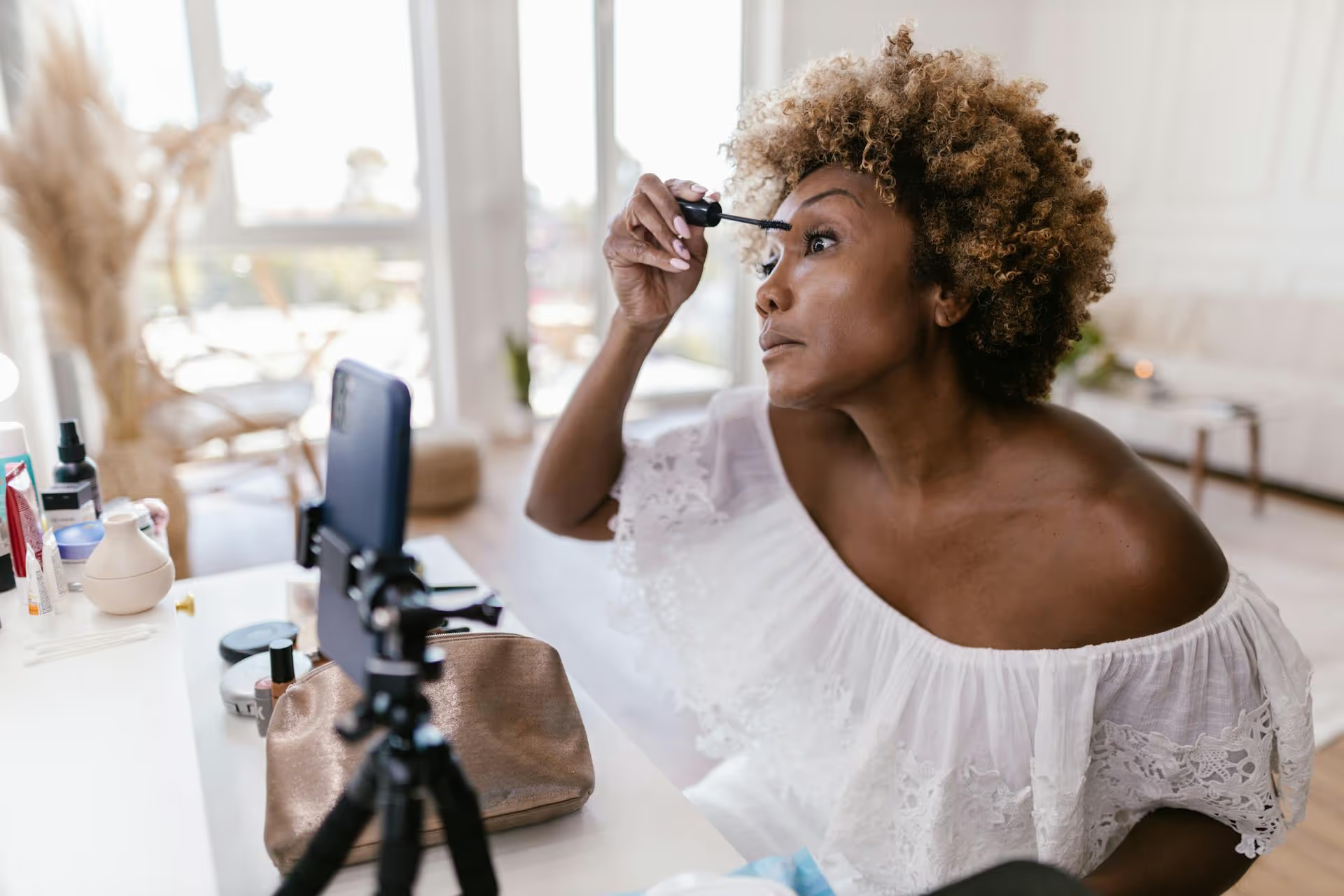How to Add Social Media Icons to an Email Signature
Enhance your email signature by adding social media icons. Discover step-by-step instructions to turn every email into a powerful marketing tool.

Combining two or more videos into one seamless TikTok clip is a foundational skill for creating engaging, dynamic content that stops the scroll. Whether you're making a dramatic before-and-after reveal, showing a reaction, or just telling a better story, knowing how to merge clips is essential. This guide will walk you through several easy methods directly within the TikTok app, as well as when and why you might want to use a third-party editor for more control.
Before jumping into the "how," it's worth understanding the "why." Merging video clips isn't just a technical trick, it's a powerful storytelling device that unlocks some of the platform's most popular content formats. Great creators use this technique to:
In short, joining videos is what takes you from just capturing a moment to directing one.
Stitch is a native TikTok feature that lets you take a 5-second snippet from another creator's video and add your own recording immediately after it. It’s perfect for adding commentary, creating a response, or building on someone else’s joke. It’s collaboration and content creation all in one, and it's incredibly simple.
When to use Stitch: Use Stitch when your video is a direct response or addition to someone else's content. Think of it as a video-based “quote tweet.” Reacting to a funny pet video, refuting a point in a debate, or answering a question posed in another TikTok are all perfect use cases.
This is the most common and versatile way to put two or more of your own videos together. If you've filmed several scenes separately and want to assemble them into a single timeline, this is the method you'll use 90% of the time, and it all happens within the TikTok editor after you upload.
The "Adjust clips" screen is a powerful, simple timeline editor where you can perfect your video's flow.
Once you’re happy with the sequence and length of your clips, tap "Save." You'll return to the main editor to add text overlays, stickers, filters, and your voiceover. From there, just add your caption, hashtags, and post!
This method doesn't merge videos side-by-side or back-to-back, but rather layers them. The TikTok Green Screen effect lets you use any video from your camera roll as a virtual background while you record yourself in the foreground. It’s perfect for reaction videos, news-style commentary, and adding context.
When to use Green Screen: This is the ultimate tool for "show, don't just tell." Use it to provide commentary on a gameplay video, point out interesting things in a news clip, or create the illusion of being somewhere you’re not.
While TikTok’s native tools are surprisingly powerful, you'll eventually want more control. Third-party video editing apps - like CapCut (which is made by the same company as TikTok), InShot, or Splice - offer features TikTok doesn't have, such as:
The workflow is straightforward:
This approach gives you the ultimate creative freedom and is the preferred method for most professional creators and social media managers looking for a polished final product.
Mastering the art of combining video clips unlocks nearly limitless potential on TikTok. Whether you're using a quick Stitch to hop on a trend, assembling a beautiful narrative from your camera roll, or using Green Screen to add context, you now have the tools to create more sophisticated and engaging content. Start with the in-app tools, and as your confidence grows, experiment with external editors to really make your brand’s content stand out.
Once you've nailed down your video creation workflow, the next piece of the puzzle is managing your publishing schedule without the chaos. After producing a batch of great multi-clip videos, the last thing you want is a clunky tool to fight with just to get them scheduled. At Postbase, we built our platform specifically for the rhythm of modern, video-first social media. It centralizes your content calendar and helps you plan and schedule your perfected TikToks right alongside your Instagram Reels and YouTube Shorts, all from one clean space without the disconnections and errors that plague older tools. It brings the same feeling of seamless flow to your scheduling that a well-edited video brings to your content.
Enhance your email signature by adding social media icons. Discover step-by-step instructions to turn every email into a powerful marketing tool.
Learn how to add your Etsy link to Pinterest and drive traffic to your shop. Discover strategies to create converting pins and turn browsers into customers.
Grant access to your Facebook Business Manager securely. Follow our step-by-step guide to add users and assign permissions without sharing your password.
Record clear audio for Instagram Reels with this guide. Learn actionable steps to create professional-sounding audio, using just your phone or upgraded gear.
Add translations to Instagram posts and connect globally. Learn manual techniques and discover Instagram's automatic translation features in this guide.
Optimize your Facebook Business Page for growth and sales with strategic tweaks. Learn to engage your community, create captivating content, and refine strategies.
Wrestling with social media? It doesn’t have to be this hard. Plan your content, schedule posts, respond to comments, and analyze performance — all in one simple, easy-to-use tool.